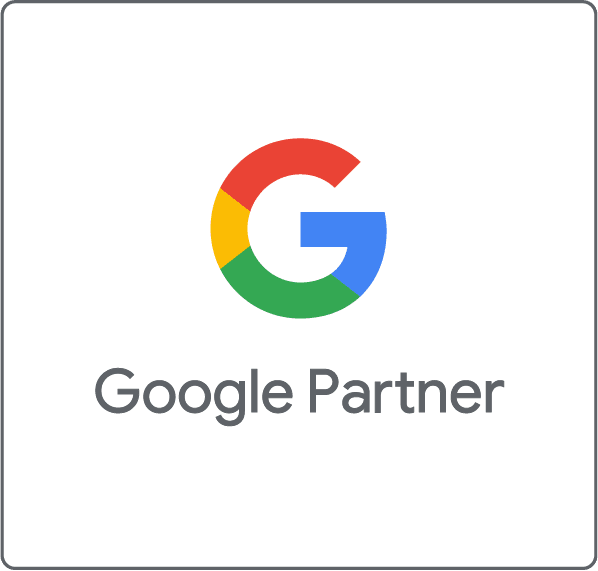Seasonality: What you need to know
A customer’s buying journey can be very complex online, and not all customers act in the same way (we are not robots) when using websites, therefore, you cannot assume search trends follow the trend of your overall business performance.
Discovering seasonal trends
Firstly, you need to find out when people are searching, and when they’re going to convert? There are different ways of generating this data, but the two methods we are focusing on are using the Google Trends tool and reviewing data within Google Analytics & Google Adwords:
Search Trends with Google
Google Trends has a wealth of data available which should be utilised when building your digital strategy, as well as assessing the competition. Our example below show search trends throughout a twelve-month period (previous twelve months) in the UK looking at brand searches for online retailers – we could further segment their search share for Google Shopping, Web searches, Youtube or news:
There is a clear peak from early November were people are starting their Christmas shopping, with a further peak around Black Friday week. This helps us identify competitors who have great brand awareness as well as what parts of the year are seeing peaks in searches.
Google Analytics – how long does it take your customers to convert?
If you know when search volume is highest and you’re pushing budget into these times, do you know when you will see conversion from people coming to your website? If you can e-commerce tracking set-up on your website you will be able to see how long it takes your customers to make the final conversion. This will help you plan your digital marketing activities to optimise to conversion. One example of using this data is within your remarketing campaign – if you know that 50% of your audience will not convert on the day they visit your website, you need to be pushing your product to them in order to ensure they make the final conversion. This can be through Google remarketing as well as social media remarketing.
Competition Trends
If you’re already utilising Google Adwords, you should be utilising the search impression share feature. This can highlight increased competitor bids and new competitors that have entered the space, you’ll find that your visibility can decrease if you are not being reactive to these changes.
You should also keep an eye on the competitor insights report to see competitor impression share for the keywords you’re bidding on. This will give you an idea of competitor activity along with the budgets they will be utilising.
With search trends moving throughout the year and your competitors being likely to alter their approach to bidding.you need to maximise your opportunities and avoid the threat of missing out on high intent traffic.
Flexible Budget – You need to allow your budget to be flexible throughout the year based on the search demand and competitiveness of keywords, this will help you to increase impression share and ROI.
Bidding Strategy – Depending on your objective there are different manual and automated bidding strategies you can use which will help maximise visibility.
Bid Adjustment and Scheduling – If you find that there are certain times of the day, different devices or different locations where people are more likely to convert, it’s key that you apply bid adjustments to ensure you’re maximising any ad exposure to generate the highest return on investment.
For any help creating your digital strategy or for an audit and market insight analysis, get in touch with us today.









